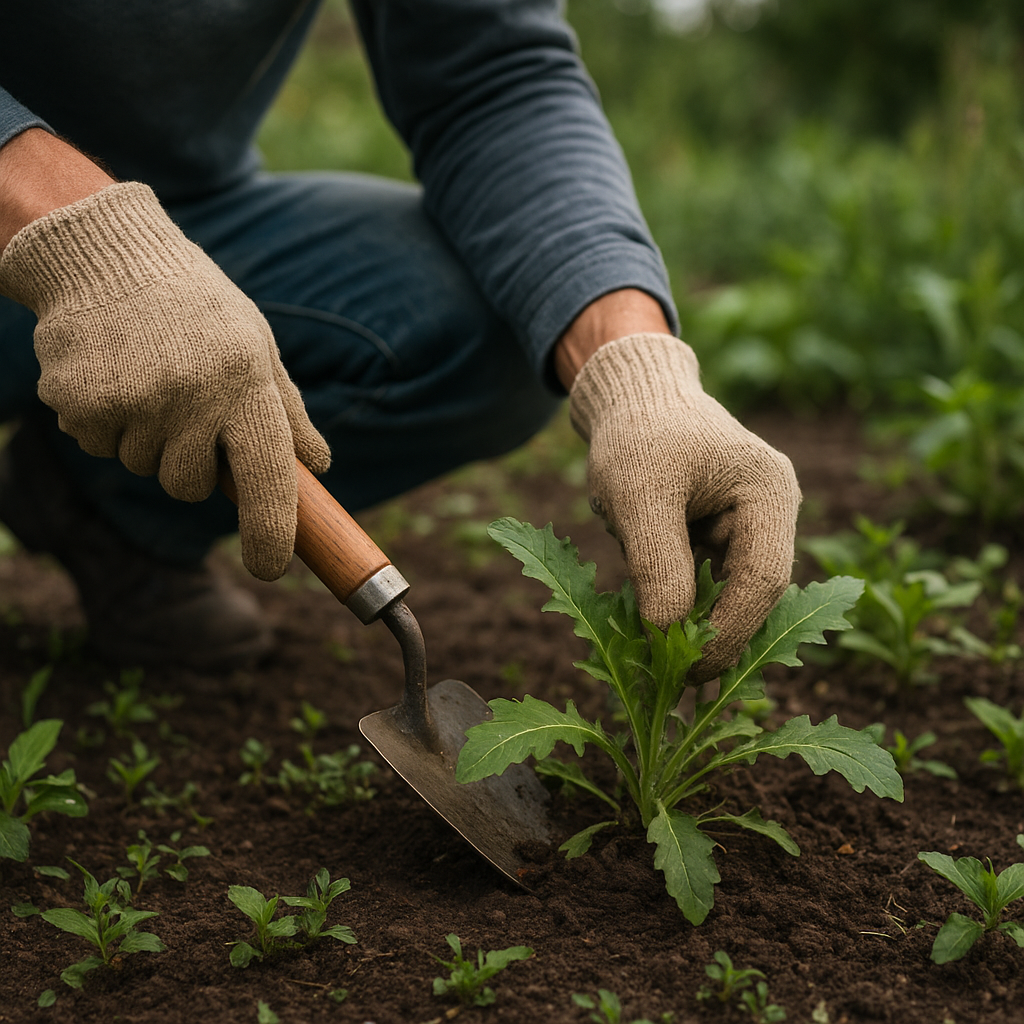
Good soil is the cornerstone of productive agriculture, directly influencing both yield and long-term sustainability. By harnessing natural processes, farmers can enhance soil health without resorting to synthetic chemicals. This approach not only preserves environmental quality but also builds resilience against drought, pests, and erosion. Implementing strategies like compost application, crop rotation, and fostering biodiversity leads to vibrant ecosystems teeming with microorganisms and packed with essential nutrients. Embracing these techniques supports organic matter buildup, reduces external inputs, and promotes overall fertility, ensuring productive fields for generations to come.
Understanding Soil Composition and Structure
Every handful of soil is a complex mixture of mineral particles, water, air, organic residues, and living organisms. Texture, structure, and chemistry all play roles in determining how well a soil can support plant growth. By grasping the basics of soil composition, growers can tailor management practices to optimize water retention, root penetration, and nutrient cycling.
Essential Components of Healthy Soil
- Mineral particles: Sand, silt, and clay determine texture and drainage.
- Organic matter: Decomposed plant and animal residues that feed soil life.
- Soil structure: Aggregates that influence aeration and root movement.
- Soil pH: A key factor controlling nutrient availability to plants.
- Living organisms: Earthworms, bacteria, fungi, and insects that drive decomposition.
Soil Texture and Water Management
Texture refers to the relative proportions of sand, silt, and clay. Sandy soils drain quickly but hold fewer nutrients; clay soils retain water but can become compacted. A well-balanced loam offers both adequate drainage and moisture retention. Improving texture often involves adding organic amendments that bind particles into stable aggregates, enhancing both porosity and aeration.
Role of Organic Matter and Microbial Activity
Organic matter not only feeds plants directly through slow nutrient release but also fuels a diverse community of microorganisms. These tiny life forms break down residues into plant-available forms, produce beneficial compounds, and improve soil porosity. Increasing organic inputs through mulches or compost boosts microbial populations, helping soils recover from erosion or chemical overuse.
Natural Methods to Enhance Fertility
Boosting soil fertility naturally relies on integrating living systems and recycled resources. The following methods have proven effective at sustaining long-term productivity without synthetic fertilizers.
Composting and Vermicomposting
Compost is rich in stabilized organic matter and beneficial microbes. Regularly adding compost improves soil structure, water-holding capacity, and nutrient content. Vermicompost—produced by earthworms—holds even higher concentrations of plant-growth hormones and microbial life.
Green Manure and Cover Crops
Planting legumes like clover or vetch, then incorporating them into the soil, fixes atmospheric nitrogen naturally. Cover crops also protect against erosion, suppress weeds, and add biomass, boosting organic matter levels and soil carbon storage.
Crop Rotation and Polyculture
Alternating cash crops with cereals or legumes breaks pest and disease cycles, while diverse plantings mimic natural ecosystems. Rotation ensures balanced nutrient withdrawal and replenishment, promoting uniform fertility across fields.
Biochar Addition
Biochar—a stable form of charcoal—enhances cation exchange capacity, locking in nutrients and improving moisture retention. When combined with compost, biochar creates a potent soil amendment that stimulates microbial activity and long-term nutrient supply.
Mulching for Moisture and Weed Control
Organic mulches like straw or wood chips moderate soil temperature, conserve moisture, and gradually decompose into humus. They reduce labor, suppress unwanted plants, and foster an environment where roots can flourish.
Fostering Biodiversity for Resilient Systems
Healthy agroecosystems mirror the diversity of natural landscapes. Encouraging a wide range of organisms from microbes to pollinators strengthens ecological balance, reducing reliance on chemical inputs.
Beneficial Insects and Pollinators
Creating habitat strips with flowering plants attracts bees, butterflies, and predatory insects that manage pests naturally. Pollinators boost fruit set and seed production, while predators keep aphids, caterpillars, and other pests in check.
Mycorrhizal Fungi Partnerships
Mycorrhizae form symbiotic relationships with plant roots, extending the root network and unlocking phosphorus and other nutrients. Inoculating soils with native fungal strains or using minimal-till methods preserves these vital associations.
Agroforestry and Hedgerows
Integrating trees or shrubs within crop fields improves windbreaks, enhances carbon sequestration, and provides habitat for wildlife. Deep-rooted species draw up nutrients from subsoil layers, redistributing them via leaf litter.
Integrated Pest Management
Monitoring pest populations and applying targeted biological controls reduces chemical reliance. Combining trap crops, pheromone traps, and companion planting creates a dynamic defense system that adapts to evolving threats.
Monitoring and Adapting Your Practices
Regular assessment is key to sustaining soil health. Simple tests for pH, nutrient levels, and organic matter guide decision-making. Keep detailed records of amendments, rotations, and yields to identify trends over time. Soil biology assays reveal microbial diversity, informing adjustments in sustainable management. Experiment with small plots before scaling up innovations, and stay connected with local agricultural networks for shared insights. Through ongoing observation and adaptation, growers can maintain vibrant soils capable of supporting productive, ecologically balanced farms for decades.

